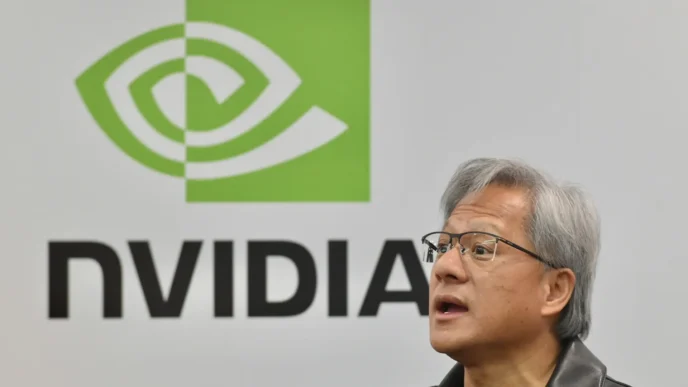In today’s competitive corporate landscape, retaining top executive talent is a critical priority—none more so than the Chief Financial Officer (CFO). CFOs play a pivotal role in shaping company strategy, managing risks, and steering financial performance. Yet, CFO turnover rates remain high globally, often due to overwhelming workloads, expanding responsibilities, and insufficient support within the finance function.
A growing body of research now highlights an effective but sometimes overlooked strategy to improve CFO retention: empowering a strong Chief Accounting Officer (CAO). This approach not only alleviates pressure on CFOs but also builds a more robust and agile financial leadership team.
The Rising Demands on CFOs
The modern CFO’s role has expanded far beyond traditional financial reporting and compliance. CFOs are increasingly expected to drive digital transformation, engage with investors, manage complex regulatory landscapes, oversee sustainability reporting, and influence company-wide strategic decisions. These demands stretch CFOs thin and can lead to burnout, frustration, and ultimately, attrition.
The CAO as a Strategic Partner
The Chief Accounting Officer typically oversees the accounting and financial reporting functions, ensuring accuracy, compliance, and operational efficiency. When effectively empowered, the CAO becomes a trusted partner who takes ownership of core accounting processes, leaving the CFO free to focus on forward-looking activities such as capital allocation, mergers and acquisitions, and market positioning.
By granting the CAO clear authority and resources, organizations create a layered leadership model that balances operational excellence with strategic vision.
Evidence Linking CAO Empowerment to CFO Retention
Recent studies reveal that CFOs with empowered CAOs report higher job satisfaction and a greater ability to concentrate on high-impact priorities. This dynamic reduces stress and fosters a healthier work-life balance for CFOs, two crucial factors linked to executive retention.
Additionally, firms that invest in developing their CAOs through leadership training, clear career pathways, and decision-making autonomy benefit from improved financial accuracy and regulatory compliance—outcomes that further relieve CFO pressures.
Building a Resilient Finance Function
Empowering the CAO is not only about retention—it’s about strengthening the entire finance organization. A competent and authoritative CAO creates resilience by providing consistent oversight, timely financial insights, and ensuring that the finance team operates smoothly during CFO transitions or increased business complexity.
Practical Steps for Organizations
- Define Clear Roles: Clarify the boundaries and responsibilities between CFO and CAO to avoid overlap and conflict.
- Invest in CAO Development: Provide leadership training and career advancement opportunities for CAOs.
- Grant Decision-Making Authority: Empower CAOs to own accounting policies and processes independently.
- Foster Collaboration: Encourage regular strategic dialogue between CFOs and CAOs.
- Leverage Technology: Equip CAOs with advanced accounting and reporting tools to enhance efficiency.
Conclusion
In an era where CFOs face mounting responsibilities, empowering a strong Chief Accounting Officer emerges as a practical and strategic lever to retain these vital executives. This approach enables CFOs to focus on transformative, value-creating activities while ensuring operational rigor within accounting functions. Companies that recognize and act on this dynamic position themselves for stronger leadership continuity, improved financial management, and sustained competitive advantage.
















